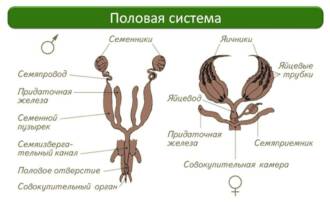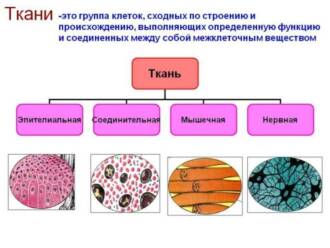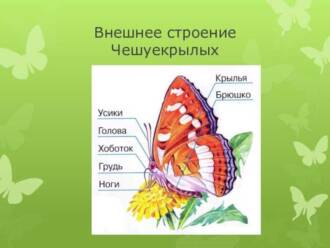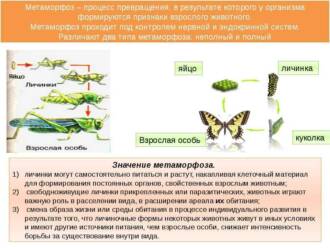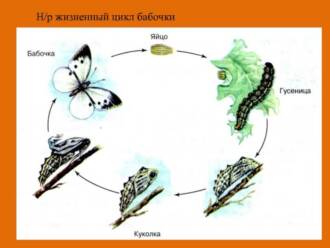
Butterfly reproduction is an amazing process that includes a number of features of the anatomy of the reproductive system of these winged insects. Butterflies have a complex structure of their reproductive system that allows them to successfully reproduce and continue their species.
One of the main features of the anatomy of the reproductive system of butterflies is the presence of a special organ - the genital slit. This gap is found in female butterflies and serves to receive sperm from males. The genital fissure has a complex structure, consisting of various departments, each of which performs its function in the process of reproduction.
Another important element of the anatomy of the reproductive system of butterflies is the spermatheca. The spermatheca is the organ in which the female stores sperm after mating with the male. This allows her to use the sperm gradually to fertilize her eggs. The spermatheca has a unique structure adapted to store sperm for a long time.
Butterfly breeding: principles and mechanisms
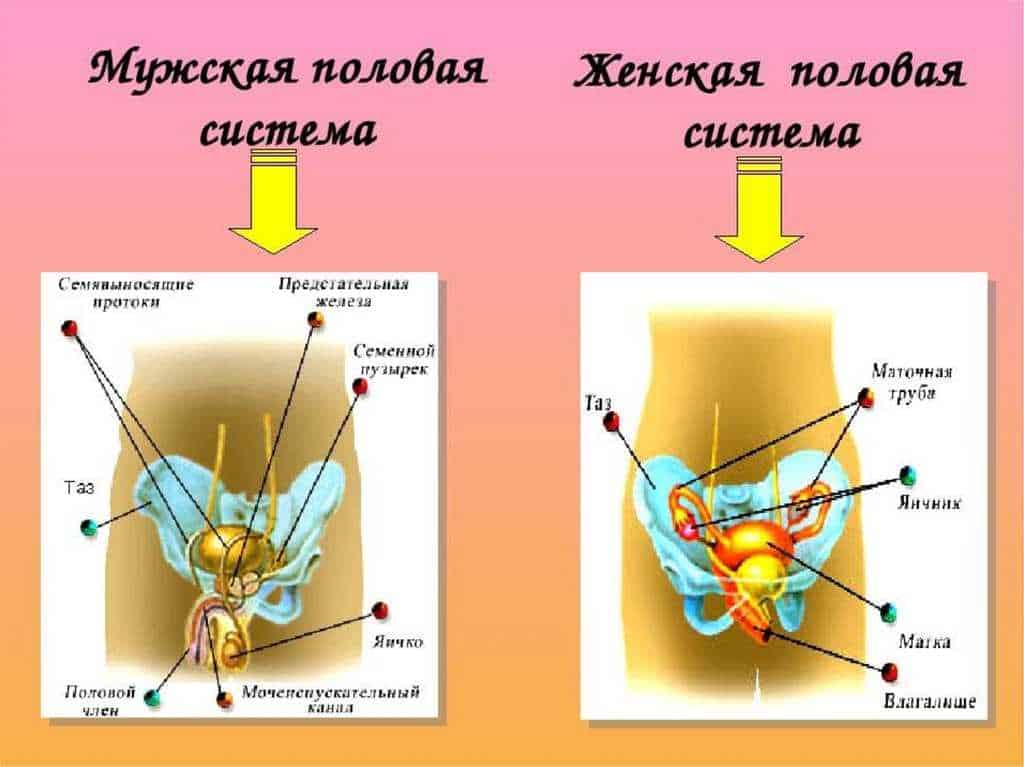
Butterfly reproduction is a complex and amazing process that ensures the continuation of the species. It is based on the principle of sexual reproduction, in which a female and a male combine their genetic materials to form offspring.
The breeding process of butterflies begins with the search for a partner. Butterflies use various methods to attract attention: they can make sounds, release pheromones, or flap their wings. When a male finds a female, they make contact and begin the mating process.
During mating, the male transfers sperm to the female using his organ, called the gonopod. Female butterflies have special openings called gonopores through which they receive sperm. After that, the female lays her eggs on suitable vegetation, which will serve as food for future caterpillars.
It is interesting to note that in some species of butterflies, the breeding process can take only a few hours, while in others it can take several days. In addition, some species of butterflies migrate long distances to find suitable breeding grounds.
Thus, the reproduction of butterflies is a fundamental and complex process that ensures the conservation and continuation of their species. This process is based on sexual reproduction and includes finding a partner, mating, transferring sperm, and laying eggs. Each step in this process has its own characteristics and mechanisms that allow butterflies to successfully reproduce and continue to exist.
Butterfly reproductive system anatomy
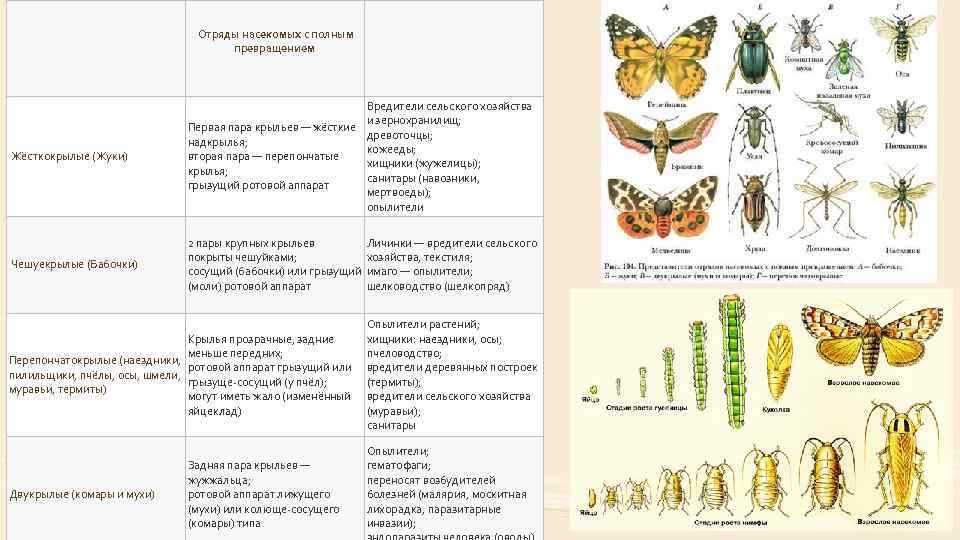
The reproductive system of butterflies consists of several organs that play an important role in the reproduction process. One of the main organs is the genital loop, or ovipositor, which is located in females. The ovipositor is a thin tube that serves to lay eggs.
Also in the reproductive system of butterflies there is a sexual proboscis, which is an organ for feeding and collecting nectar, as well as for transferring sperm from male to female during mating. The sexual proboscis has a flexible structure and can be of different lengths depending on the type of butterfly.
Male butterflies have a device called a valve that helps them transfer sperm to females. The valve is a loop that connects to the male genital organ. When a male finds a female, he uses the valve to transfer the sperm.
Butterfly reproduction is a complex process in which the reproductive system plays a key role. Understanding the anatomy of this system allows us to better understand the mechanisms and features of reproduction of these beautiful insects.
Butterfly breeding: main stages
Butterfly reproduction is a complex and amazing process consisting of several stages. It begins with the search for a partner for reproduction. Butterflies use various methods to attract each other's attention, such as different wing colors and specific pheromones.
After finding a partner, the male and female begin the act of reproduction. This happens through mating, where the male transfers his sperm to the female. Butterflies have a variety of ways to mate, some of which involve complex dances and wing movements.
After mating, the female lays her eggs on suitable vegetation. Butterflies choose special places to lay their eggs, such as leaves or flowers, which will provide enough food for future caterpillars. The number of eggs a female can lay may vary depending on the species of butterfly.
The eggs hatch into caterpillars, which begin to actively feed in order to gain enough nutrients for their development. Caterpillars can eat large amounts of food and can sometimes be pests of crops.
As the caterpillars grow, they go through several larval stages called instaria. Each instaria is followed by a molt when the caterpillar sheds its outer shell to grow. After the last molt, the caterpillar turns into a chrysalis.
Complex transformation processes take place inside the pupa, and an adult butterfly flies out of it. This stage is called ecudes. An adult butterfly has a fully developed reproductive system and is ready to breed, thus continuing the butterfly breeding cycle.
The development of germ cells in butterflies
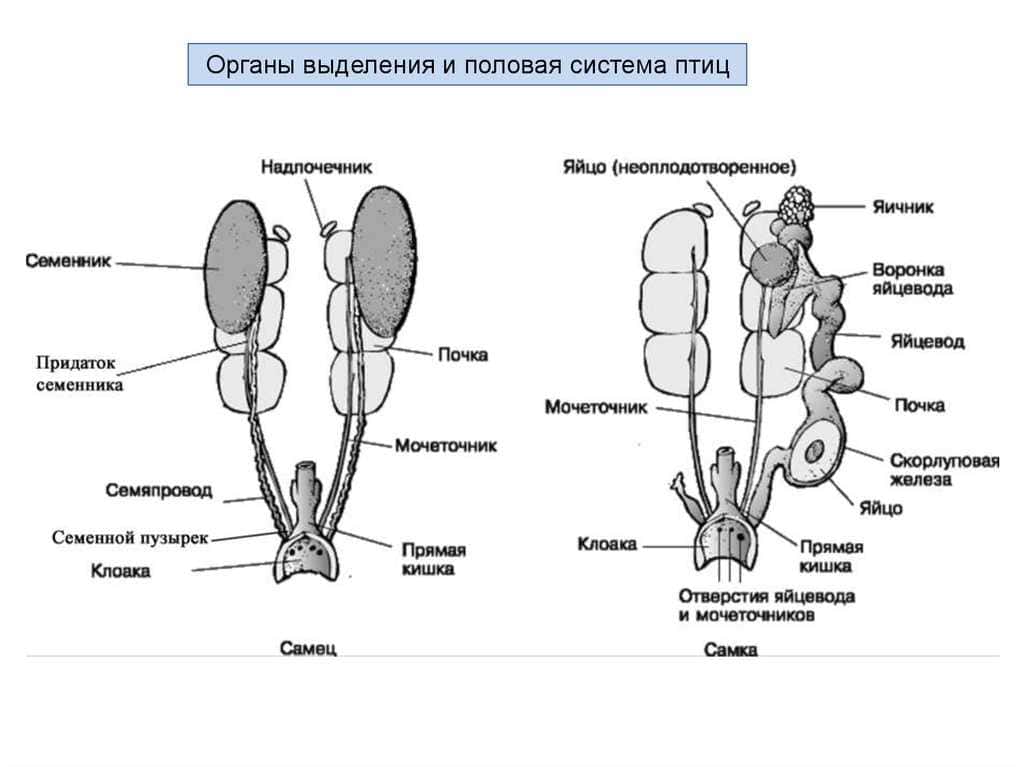
The development of germ cells in butterflies occurs as part of their complex life cycle. In males and females, this process has its own characteristics.
Males:
- In male butterflies, sex cells develop in the testicles, which are located in the abdominal cavity.
- The testicles of males contain spermatophores - special sacs filled with sperm.
- Spermatophores are transferred to females during mating.
- In the testicles of males, spermatozoa mature—reproductive cells capable of fertilizing the female's egg.
Females:
- In female butterflies, sex cells develop in the ovaries, which are located in the abdominal cavity.
- The ovaries of females contain immature eggs.
- Maturation of oocytes occurs during the process of ootheca, the process of formation and maturation of oocytes.
- Ooteca occurs during different stages of the butterfly life cycle and can take different times.
Thus, the development of germ cells in butterflies has its own characteristics associated with differences in the anatomy and physiology of males and females. These differences are determined by the needs of the breeding process and guarantee the successful fertilization and reproduction of the butterfly population.
Features of puberty of butterflies
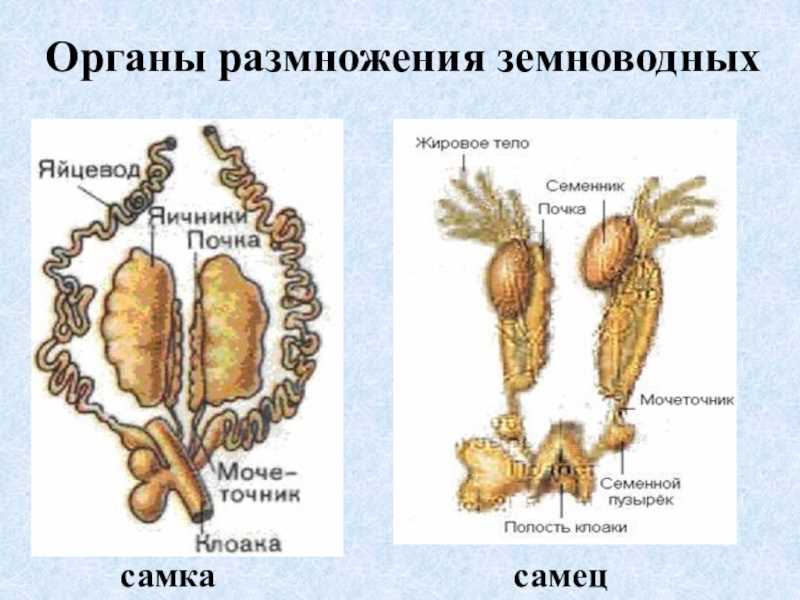
Puberty in butterflies is an important stage in their life cycle. It occurs as a result of complex processes associated with the development of the reproductive system of females and males.
Female butterflies reach sexual maturity later than males. This is due to their longer development and the complex process of egg formation. Puberty of females occurs inside their body, in special gonads.
At puberty, female butterflies go through several stages of egg development. First, they are formed in the ovaries in the form of small cells, then they grow and develop. When the eggs reach a certain size, they are ready to be fertilized and laid.
Male butterflies reach sexual maturity earlier than females. In them, the process of puberty is more straightforward and is associated with the development of the genital organs. Males form special organs called genitalia that serve to transfer sperm to females during mating.
Butterflies reach sexual maturity at a certain stage of their life, which depends on their species characteristics. Some species reach sexual maturity a few weeks after emerging from the chrysalis, while others reach sexual maturity after a few months. It is important to note that the sexual maturity of butterflies can also depend on external factors, such as ambient temperature and food availability.
Interaction between males and females during reproduction
The interaction of males and females is a key aspect in the breeding process of butterflies. It includes several stages, starting with the search for a partner and ending with the joint laying of eggs.
Search for a partner. Males use a variety of strategies to find a mate. They may use visual cues, such as bright colors on their wings, to attract the attention of females. In addition, they can use odorous substances secreted by special glands to attract females of their species.
Wedding flight. After the male successfully attracts the female's attention, they begin their bridal flight. During the flight, the male and female soar together, performing complex maneuvers and showing each other their ability to fly and strength. This helps to establish a bond between them and prepare for mating.
Pairing. After the wedding flight, the male and female begin to mate. They use special organs located at the end of the abdomen to connect with each other and transfer sperm to the male into the female's genital slit. This process may take several minutes.
Laying eggs. After successful mating, the female begins to lay eggs. She can choose suitable places for laying, for example, on plants or on the ground. Each egg contains an embryo that will develop into a larva and then an adult butterfly.
Thus, the interaction of males and females in the process of reproduction of butterflies is a complex and important mechanism that ensures the continuation of the species and the conservation of the butterfly population.
The role of pheromones in attracting a partner
Pheromones play an important role in the mate attraction process in butterflies. These are special chemicals secreted by animals to transmit information to other individuals of their species. In butterflies, pheromones are produced by glands located on the abdomen of females.
Pheromones allow butterflies to attract opposite-sex mates and signal their readiness to breed. They can be different in composition and smell, which depends on the type of butterfly and its physiological state. Some pheromones attract males over long distances, while others only work at close range.
Male butterflies are highly sensitive to pheromones and can easily locate their source. They use antennae to sense smells and navigate in space. When a male detects a female's pheromones, he actively moves in her direction to find her and mate.
Pheromones are an effective means of communication between butterflies, ensuring successful reproduction and conservation of the species. Studying the role of pheromones in attracting a partner allows a better understanding of the reproductive processes in butterflies and may be useful for developing methods to control the population of harmful species or to improve the efficiency of artificial breeding of butterflies in agriculture and scientific research.
Butterfly males: features of sexual behavior
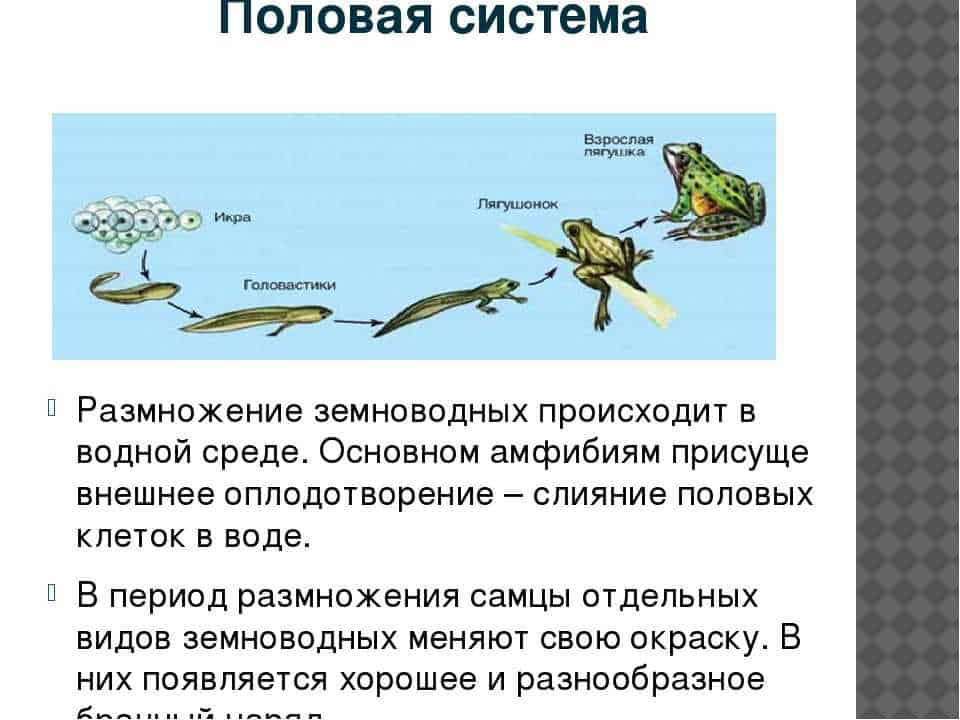
The sexual behavior of male butterflies is an important part of their breeding strategy. It is aimed at attracting females and successful fertilization. Male butterflies have various ways of attracting the attention of females and rivals.
One way to attract females is through pheromones. Males secrete special chemicals that attract females and help them find partners for reproduction. These pheromones can be secreted from special glands on the male's body or through special coverings on the wings.
During intercourse, the male butterfly uses his genitals to impregnate the female. In some butterfly species, the male genitalia have a complex and unique structure that allows them to mate successfully with the female genitalia. This is an adaptation to the specific conditions and breeding requirements of the species.
The sexual behavior of male butterflies may also include fighting for territory or for a female. Males may fight competitors using their wings or other body parts. The winner gets the opportunity to mate with the female and pass on their genes to the next generation.
Interestingly, the sexual behavior of male butterflies can be varied and unique to each species. This is due to differences in the anatomy and physiology of males, as well as the characteristics of their habitat and way of life. All these adaptations and mechanisms help male butterflies successfully reproduce and maintain their species.
Butterfly females: partner selection and protection of offspring

In female butterflies, a very important role in the process of reproduction. They choose a partner with whom they will mate in order to continue the race. Mate selection may depend on various factors such as the size, color, and scent of the male. Females generally prefer males with bright colors or complex wing patterns, as this may indicate a good genetic makeup and health of the male.
Protection of offspring is also an important aspect for female butterflies. After mating, the female lays her eggs on a suitable food plant, where future caterpillars can find enough food for their development. Some female butterflies prefer to lay their eggs in sheltered places to protect them from possible predators. They may also release pheromones or other chemicals to deter predators or attract a mating partner.
Butterfly females need to be careful and frugal to ensure the survival of their offspring. They may choose strong and healthy males to pass on their good genes to future generations. Protection of offspring can also include protection from diseases and parasites, as well as laying eggs on certain plants that have anti-sprout properties.
The influence of the environment on the process of reproduction of butterflies
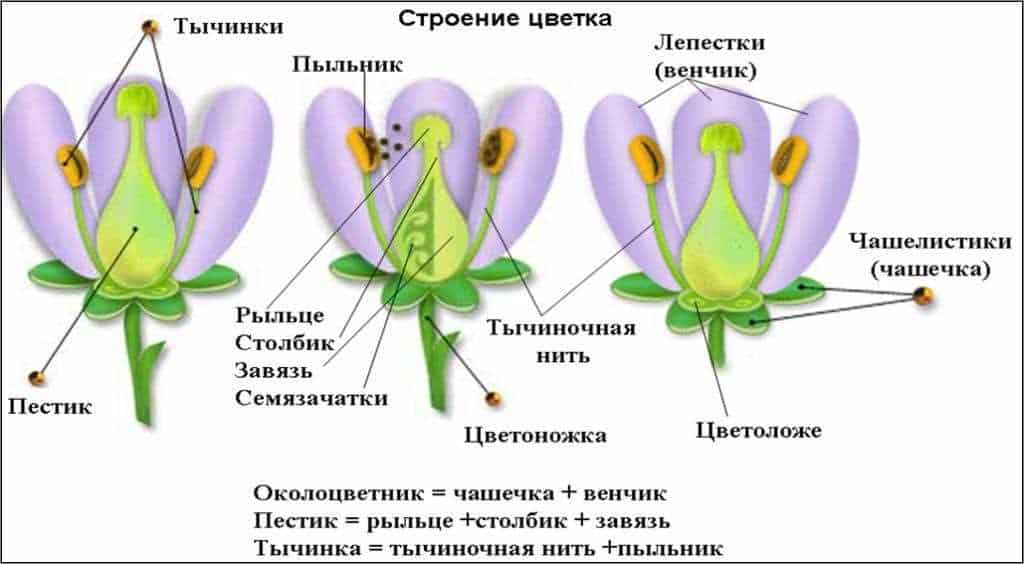
The environment plays an important role in the breeding process of butterflies. Various factors, such as temperature, lighting, and the availability of food resources, can affect the ability of butterflies to reproduce.
Temperature and reproduction
Ambient temperature has a direct effect on the reproduction of butterflies. High temperatures can speed up the development of oviposition and reproduction, while low temperatures can slow or even stop these processes. Butterflies can also regulate their temperature by changing their body position or their wingspan.
Lighting and propagation

Lighting is another important factor affecting the reproduction of butterflies. Most species of butterflies are active during the day and prefer bright and sunny places to breed. However, some species of butterflies are nocturnal and prefer dark and shady places. Lighting can also affect the color of butterflies' wings, which can be important for mating and attracting mates.
Food resources and reproduction
The availability of food resources also plays a role in the reproduction of butterflies. Butterflies often choose oviposition sites where there is enough food for their offspring. Some species of butterflies prefer certain plants or types of food resources that provide essential nutrients for the survival and development of their larvae. Lack of food resources can lead to a decrease in the number of butterflies and their ability to reproduce.
Thus, the environment is essential to the breeding process of butterflies. Temperature, lighting and the availability of food resources affect the ability of butterflies to reproduce and their adaptability to environmental conditions.

